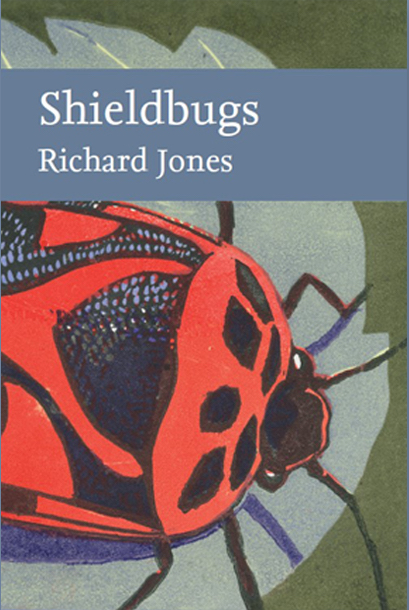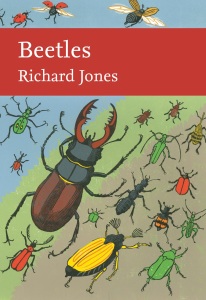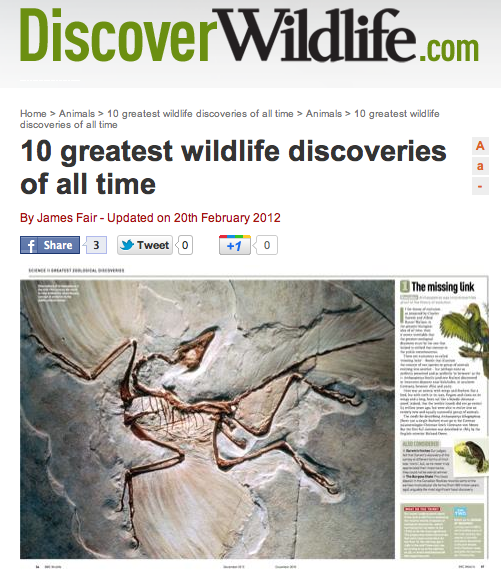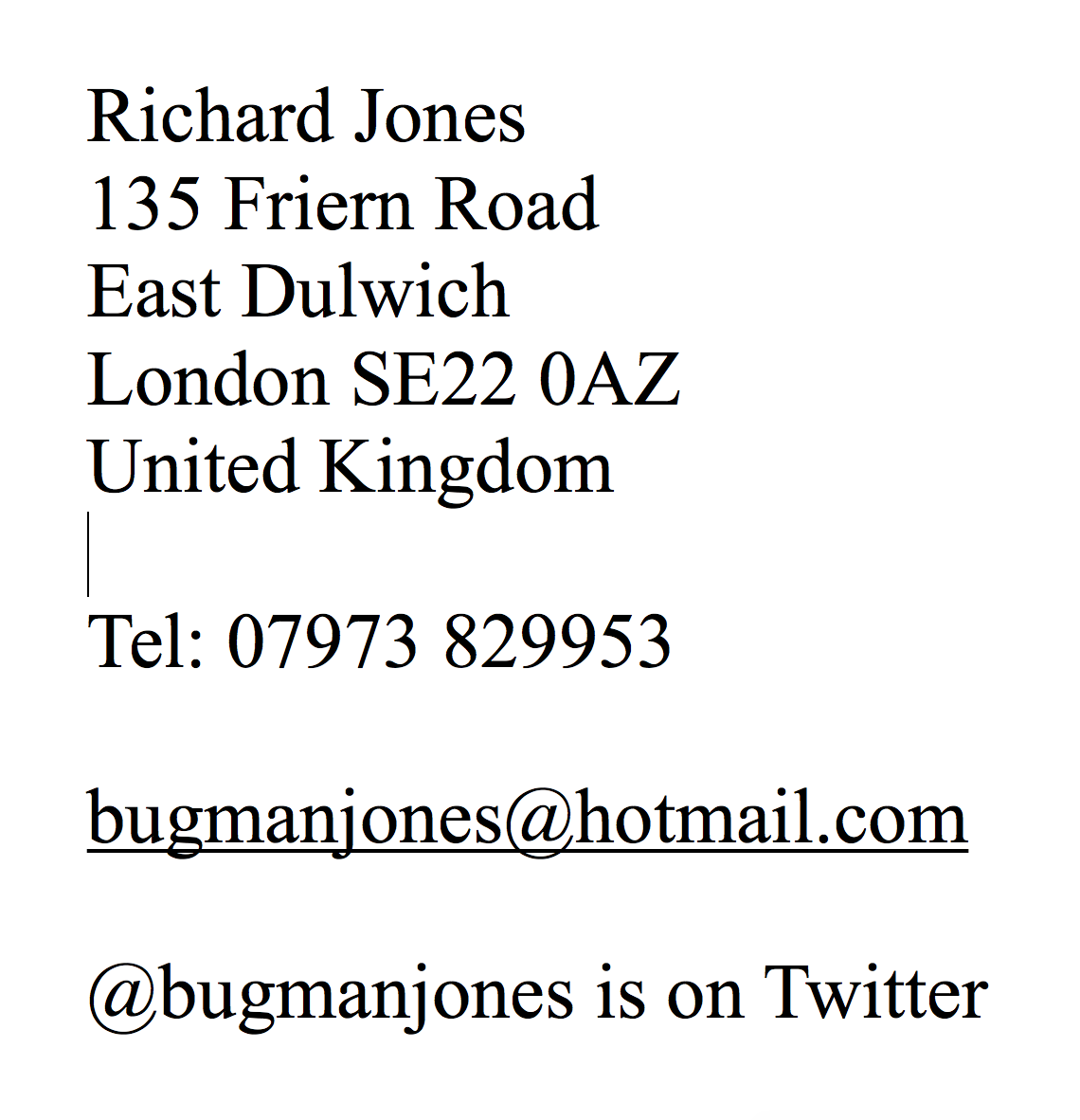Has anyone in Britain seen a map lately? Clouded yellows — two a penny. Swallowtails — already plenty of sightings along the South Coast. But a map, now that would be something.
The European map butterfly, Araschnia levana, is named for its prettily marked underside with its criss-cross of white lines supposedly resembling the radiating compass marks superimposed on old maps and nautical charts. It’s common enough on the Continent, and occurs through much of France, where this picture was taken a few years ago. What’s more, its caterpillars feed on the ubiquitous stinging nettle and it has been spreading through Europe, having extended its range hundreds of kilometres further north and west during the last few decades. It’ll be here any day now.
The weird thing about this butterfly is that it has two strikingly different colour forms on the upper surface. The spring butterflies, emerging from overwintered chrysalides, are bright orange on the upperside, patterned with a series of black spots and blotches — form levana. These lay eggs and the caterpillars feed through the summer, pupate, and emerge a few weeks later. The late-summer emergers are jet black above, with a strong white flash down each wing — form prorsa. There are plenty of galleries available to look at, here and here, for example.
Its possible that when the butterfly finally gets here it may only have one generation a year, as it does in northern parts of its range, and up mountains; this would be the chrsalis-overwintering orange form levana.
The map already has a tenuous claim in Britain, because 100 years ago it was established in the Forest of Dean. The story goes that it was deliberately released by some well-meaning, but ill-informed enthusiast around 1912. The tale continues that a less enthusiastic entomologist, one A.B Farn, was so incensed at this foreign transgressor that in 1915 he vowed to exterminate it by destroying every individual he could find. It seems unlikely that one butterfly maniac could eradicate a thriving colony; much more likely that this insect was floundering anyway, well away from its comfort zone in central Europe.
Today things are different and as that comfort zone appears to be expanding northwards, colonization of Britain now seems inevitable.


























You must be logged in to post a comment.